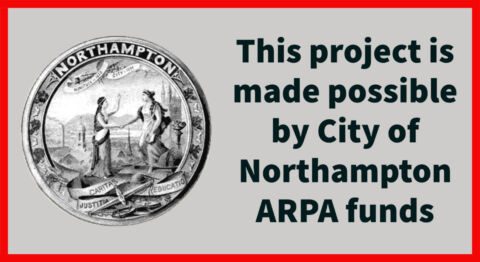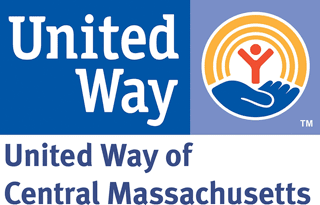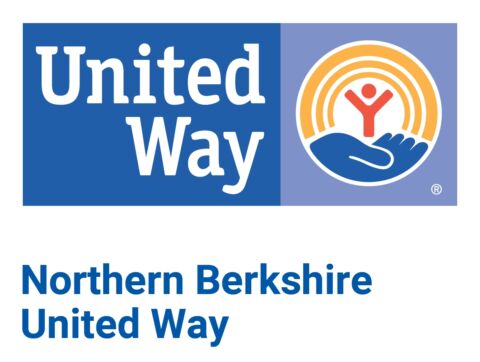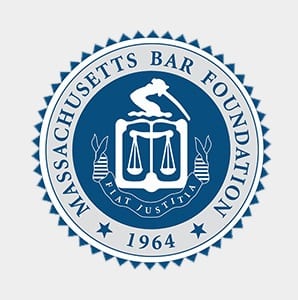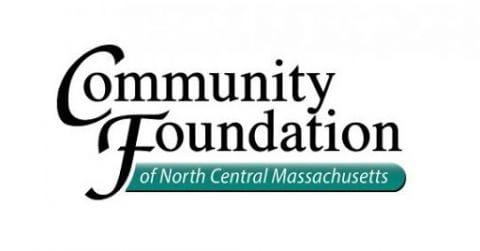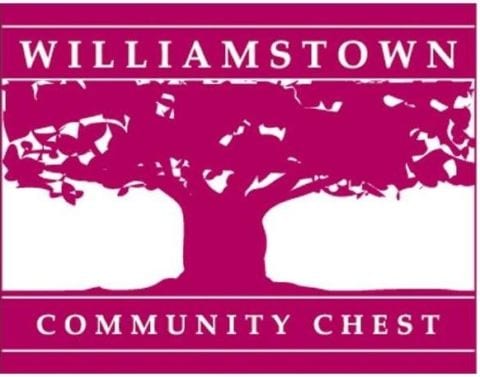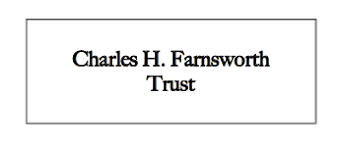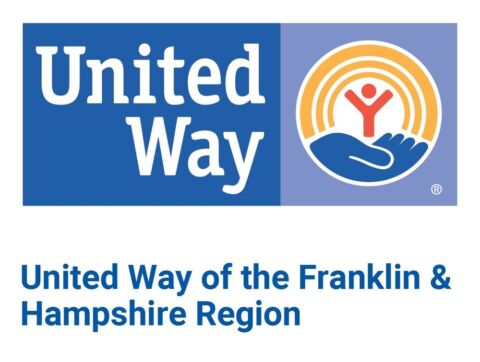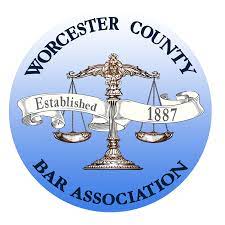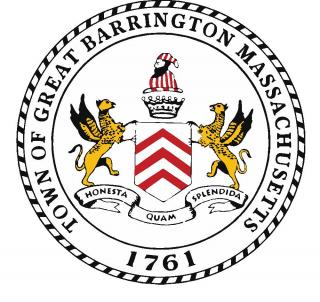July 23, 2007
NEW STUDY EXAMINES IMPACT OF GROUP HOMES ON NEIGHBORHOODS, Building on Earlier Research, Law Students Find Support For Group Homes On The West Side Of Worcester
Contact: Jonathan Mannina, Executive Director
Phone: (508) 752-3718
Email: jmannina@laccm.org
Legal Assistance Corporation of Central Massachusetts, in conjunction with students from Northeastern University School of Law, has released a research report entitled “Opening Doors to Group Homes in Worcester”, in which students studied the impact that group homes have on neighborhood crime rates, property values, and overall neighborhood quality on the west side of Worcester. This report reinforces and expands the “Mending Fences” research conducted in 2006 in the Main South neighborhood of Worcester by Worcester State College Sociology Professor Corey Dolgon, Ph.D. and students from his community research class.
In “Opening Doors”, students in a Legal Skills in Social Context course at Northeastern University School of Law examined the neighborhoods surrounding three group homes located on the west side of Worcester. Students surveyed neighborhood residents, studied crime statistics from the Worcester Police Department, and examined property value data from the City of Worcester’s Assessor. Key findings include:
• 66% of survey respondents said they would “strongly support” or “support” any type of group home opening in their neighborhood.
• 87% of survey respondents disagreed with the statement “I would rather see a house in the neighborhood vacant than have a group home put there.”
• 64% of survey respondents disagreed with the statement “I would rather see a house in the neighborhood rented out to college students than have a group home put there.”
• 69% of survey respondents disagreed with the statement “A group home in the neighborhood would increase crime.”
• 72% of survey respondents disagreed with the statement “A group home in the neighborhood would increase violence.”
• In 2001 the three research areas contributed only .80% of crimes committed in the City of Worcester. In 2006 the three research areas contributed only .86% of crimes committed in the City of Worcester. This change of .06% is not significant.
• 40% of survey respondents disagreed with the statement “A group home in the neighborhood would lower property values”.
• Average property values in the three research areas all increased, with average property values in each of the three areas increasing between 127% and 160% when comparing Fiscal Year 1997 and Fiscal Year 2007.
The results of this study refute the claims made by some in the city that a group home in their neighborhood will jeopardize the residents’ economic security, personal safety, or quality of life. The study also bolsters the results of the “Mending Fences” report, which found similar results in its study of Main South.
# # #





